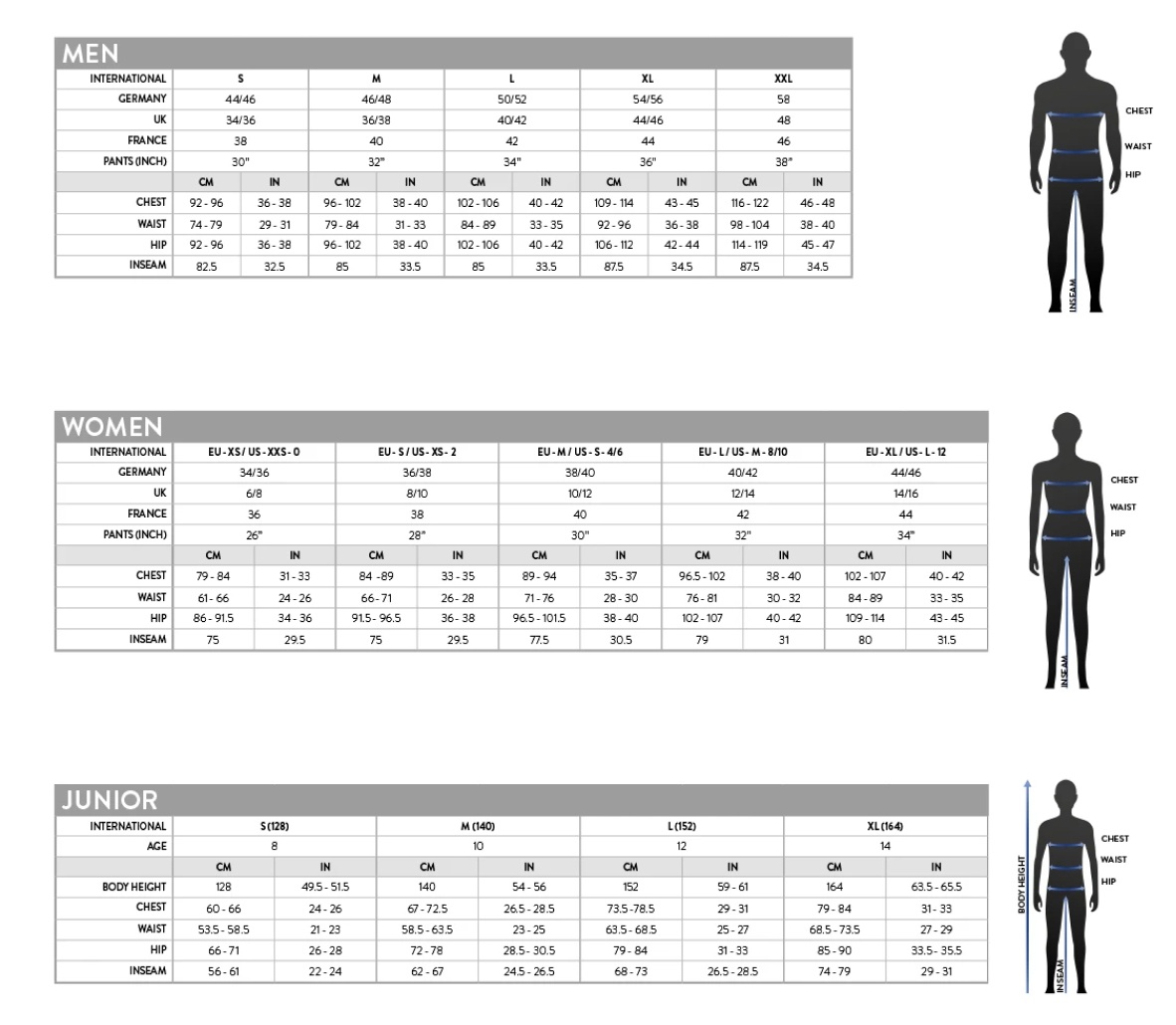1. Introduction: The Significance of Sound Levels in Daily Life and Technology
Sound levels refer to the intensity or loudness of sound, typically measured in units called decibels (dB). These measurements help us quantify how loud or quiet a sound is, from a whisper to a jet engine. Understanding sound levels is essential because they directly influence human perception and our environment.
Sound impacts our daily lives profoundly—affecting our safety, comfort, and the functionality of various systems. For instance, the noise from traffic horns alerts drivers and pedestrians to hazards, while excessively loud environments can cause stress or hearing damage. Recognizing how sound levels operate enables us to design safer, more comfortable spaces and better technological solutions.
- The Science of Sound: How Sound Levels Are Quantified and Perceived
- Sound Levels in Urban Environments: From Traffic to Public Spaces
- Historical and Cultural Perspectives on Sound Levels
- Sound Design in Gaming: Balancing Engagement and Comfort
- Modern Technologies and Strategies for Managing Sound Levels
- Non-Obvious Factors: The Psychological and Biological Impact of Sound Levels
- Future Trends: The Evolving Role of Sound Levels in Smart Cities and Virtual Environments
- Conclusion: Why Sound Levels Matter for Safety, Comfort, and Experience
2. The Science of Sound: How Sound Levels Are Quantified and Perceived
Sound intensity is measured in decibels (dB), a logarithmic scale that describes how loud a sound is relative to a reference level. For example, normal conversation typically occurs around 60 dB, while a rock concert can reach 120 dB. This scale helps us understand the vast range of sounds encountered daily.
Humans perceive sound through delicate mechanisms in the inner ear, with thresholds of hearing starting around 0 dB. Sounds above 85 dB can cause hearing damage over time, making it crucial to manage sound exposure in noisy environments. Conversely, sounds below 20 dB are generally perceived as quiet or background noise.
Context greatly influences how we interpret sound levels. For instance, a 70 dB noise might be tolerable in a busy street but overwhelming in a quiet library. This highlights the importance of considering environment and activity when assessing sound levels.
3. Sound Levels in Urban Environments: From Traffic to Public Spaces
Urban areas are filled with various sounds, from honking horns to sirens, which serve vital functions like traffic management and safety. Traffic horns, for example, are essential for alerting drivers to hazards, but excessive honking can contribute to noise pollution, affecting residents’ health.
Traffic signals synchronized in a ‘green wave’ pattern help reduce unnecessary noise by minimizing abrupt stops and starts, smoothing traffic flow. This coordination decreases engine noise and improves urban comfort. Nevertheless, urban noise pollution remains a public health concern—chronic exposure correlates with increased stress, hypertension, and sleep disturbances.
Incorporating sound level management into city planning—such as sound barriers, zoning laws, and quiet zones—can mitigate these issues. For example, cities like Tokyo and Stockholm have implemented noise regulation policies that significantly improve residents’ quality of life.
4. Historical and Cultural Perspectives on Sound Levels
Historically, the auditory environment has shaped social settings. When the Monte Carlo Casino opened in 1863, its lively atmosphere was amplified by music, chatter, and ambient sounds, creating a distinctive ambiance that attracted patrons. Such environments highlight how sound levels can enhance cultural experiences when managed appropriately.
Over time, public spaces have seen evolving standards for sound management. Regulations have been introduced to prevent noise pollution—limiting loud music, construction noise, and public addressing systems—balancing vibrancy with comfort. Different cultures also have varying tolerances: Mediterranean societies often accept louder environments, whereas Scandinavian countries prioritize quieter public spaces.
5. Sound Design in Gaming: Balancing Engagement and Comfort
In video game design, sound levels are crucial for immersion and user comfort. For example, early arcade games like Frogger (1981) used simple, moderate sound effects to alert players without overwhelming them. Modern titles, such as Check out Chicken Road 2, employ sophisticated sound balancing to create engaging yet comfortable auditory experiences.
Game developers use techniques like dynamic volume adjustment, ambient sound layers, and spatial audio to ensure sounds enhance gameplay without causing fatigue. For instance, subtle background noises can heighten tension, while loud alerts signal important events—careful calibration prevents discomfort during extended play.
6. Modern Technologies and Strategies for Managing Sound Levels
Advances such as sound masking, noise-canceling headphones, and adaptive sound systems help control and optimize sound environments. For example, open-plan offices often deploy sound masking to reduce distracting noise, improving concentration and productivity.
Urban planners now incorporate standards for acceptable sound levels in zoning regulations, aiming to limit exposure in residential areas. Entertainment venues, like theaters or gaming arcades, adopt sound level standards to ensure a comfortable experience for patrons while maintaining safety.
Algorithms also play a role—synchronizing traffic lights with ambient noise sensors or adjusting game audio based on player preferences—demonstrating how technology can harmonize sound management with human experience.
7. Non-Obvious Factors: The Psychological and Biological Impact of Sound Levels
Research shows that high sound levels increase stress hormones, impair concentration, and can lead to cardiovascular issues. Conversely, controlled sound environments can promote relaxation and focus, especially in settings like hospitals or learning institutions.
For example, casinos like Monte Carlo use carefully curated auditory environments—moderate music, ambient sounds—to create an atmosphere that encourages spending without overwhelming patrons. This demonstrates the importance of context-specific sound management for psychological comfort.
“Sound levels are not just a matter of loudness—they influence our biological and psychological well-being in profound ways.”
8. Future Trends: The Evolving Role of Sound Levels in Smart Cities and Virtual Environments
As cities integrate IoT devices, sound management becomes more dynamic and responsive. Smart sensors can monitor urban noise and adjust traffic flow or public announcements to minimize disturbance, fostering healthier environments.
In virtual reality and gaming—such as Check out Chicken Road 2—immersive sound technologies create realistic environments that adapt in real-time, enhancing user experience while preventing sensory overload. Balancing technological sophistication with human-centered design remains vital for future success.
9. Conclusion: Why Sound Levels Matter for Safety, Comfort, and Experience
From managing urban traffic to designing engaging games, controlling sound levels is crucial for safety, comfort, and overall experience. Proper sound design enhances environments, reduces health risks, and improves user satisfaction.
As technology advances and urban landscapes evolve, ongoing awareness and innovative strategies in sound management will be essential. Recognizing the power of sound—and its appropriate levels—can transform our interactions with the world around us, making environments safer and more enjoyable for everyone.
Effective sound level management is a cornerstone of modern safety, comfort, and immersive experience—whether in bustling cities or virtual worlds.


